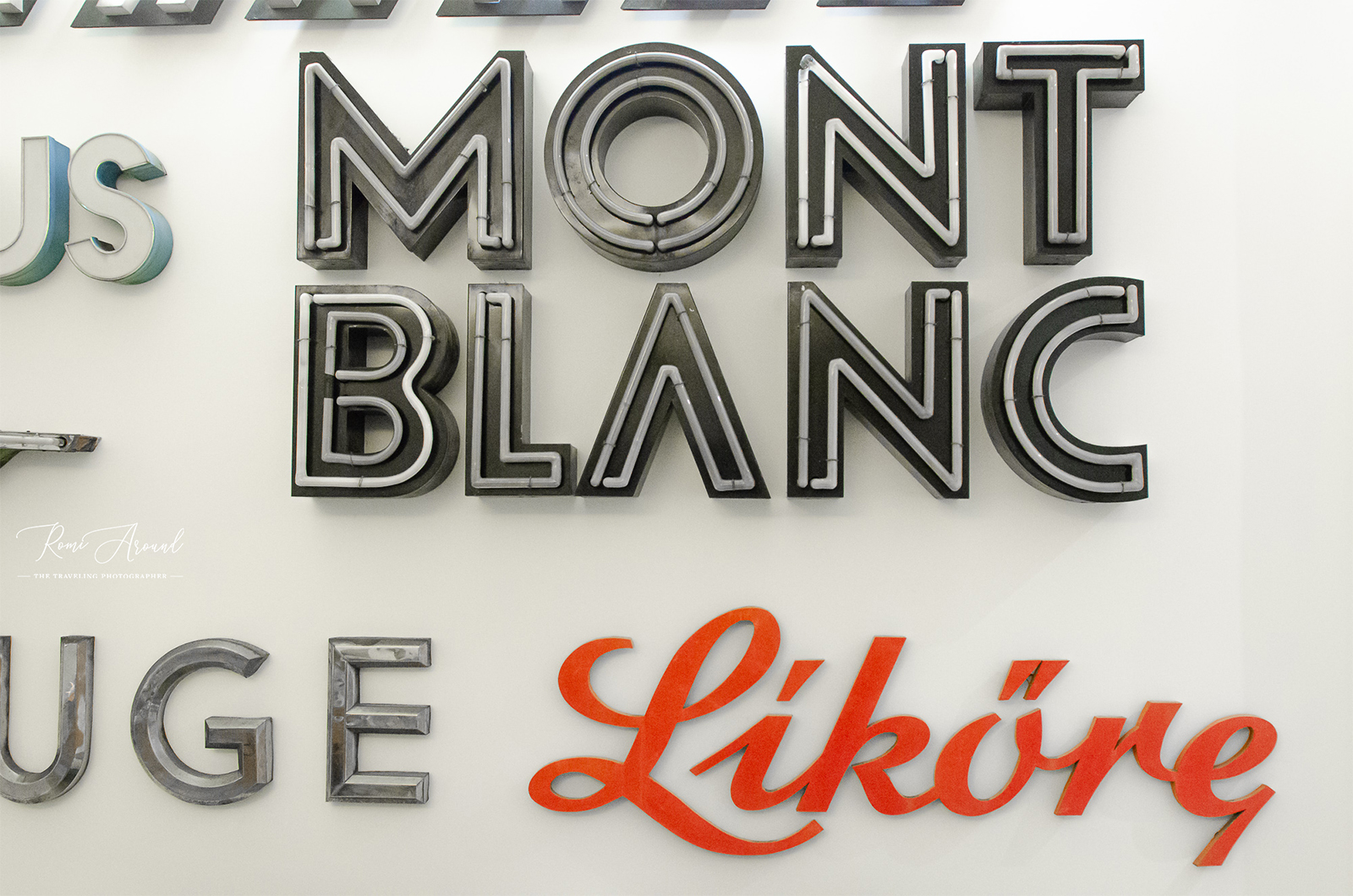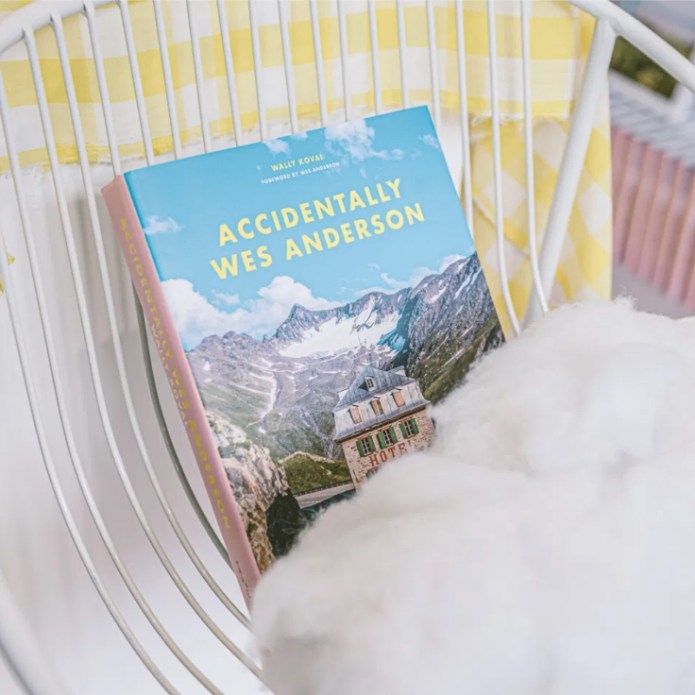Before we begin, a quick yet important sidenote: I’ve been taking a break from my blog for a few months. I’ve been extremely overwhelmed with how busy I was and had to make some decisions. But worry not – I am back! With many stories to share with you 😊
Ahead of my travels to Vienna, I was researching about the city and what unique spots I’d like to dedicate some time to during my trip. There are a few subjects I always research ahead of every trip I make, one of them being Typography related places. See my previous post about the Lettering Culture in Vienna. That could be a museum or library with a great collection, street signs that take special part in the landscape of the destination, it’s history, speciality shops etc.
Upon my research about Vienna I discovered an absolutely stunning place that doesn’t get much attention, so I made it my mission to spread the word around!

Stadtschrift (“Urban Signs”) is an association collecting, preserving and documenting some of Vienna’s most iconic signs that have been doomed to be demolished after businesses close down.
Stadtschrift has been operating since 2012, founded by Birgit Ecker and Roland Hörman. They aim to preserve Vienna’s typographic façade, which holds a great part of the city’s historical and cultural scenery, and to immortalise the signs where they can continue to be appreciated by the public. They have been working hard to get those signs back on bare walls and showcased at a public place.
We stayed not too far from the gallery, at the Art Hotel.
I met Roland while visiting the Stadtschrift gallery. We talked about the fascinating history and mission of Stadtschrift and was kind enough to answer some questions, especially for you my blog readers!

What led you to start Stadtschrift?
“My fascination for city typography started when I took my first steps in type design and used the typographic heritage as a field of inspiration. At first, I was collecting the typefaces with my camera, until I found my first dismantled sign in a scrap heap. Together with my girlfriend we then started the initiative to actively try and save beautiful signs from being scrapped. We just couldn’t sit and watch the signs we love disappear overnight.”

How did business owners react when you told them about what you’re doing?
“The business owners mostly show a totally unemotional response. Since they closed their business they just wanted to be done with it, so they had no more sentimental attachment to their signs. They like the idea that the sign continues to live on, but they are happier that they don’t have to care for it on their own.
In many cases we do not deal with the shop owners, but with the new renters and they often try to get financial gain out of it. Even more so, in the past few years many collectors show their interest in old signs as well.”

What were some of the difficulties you faced, and are you still facing some of them?
“When we began collecting the signs, there were no difficulties at all, because hardly anyone else cared about what happened with the old signs. Soon enough the limited storage room in our cellars became a problem, but since we were offered to use a big cellar for free, we haven’t had that problem again.
Today the only difficulty in acquiring signs is to be at the right spot at the right time, otherwise someone else will have his hands on the sign before you do or you’ll find the sign is already destroyed. We also had one or two cases where the technical aspect of taking down big signs was challenging, but usually it can be done with a ladder and house tools.
We face much more difficulty when we are trying to get the signs out in the streets again to be viewed by the public. We once found a wall where we were allowed to mount the signs, but government bureaucracy prevented us from doing so.”

How big is the collection today, in rough numbers?
“We currently have signs from about 110 shops, at times more than one lettering from each, so the number of objects must be around 130.”

Where can we find parts of the collection, other than the Stadtschrift Showroom?
“At present we have one „Mauerschau“ in the 6th District, and in May 2020 we will open a second one in the 2nd District, with some signs from our first public exhibition in the Kleine Sperlgasse Mauerschau.
Still being finalized, we are likely to have a second permanent indoor exhibition in the 15th District in early 2020.”

To visit the public collection display is free and highly recommended.
You can find it at:
Mauerschau 1060
Corner Mollardgasse / Hofmühlgasse, 1060 Vienna
To visit The Stadtschrift Showroom, you need to book an appointment in advance via telephone +43 676 3269016 or email mail@stadtschrift.at
Stadtschrift Showroom
Association for the collection, preservation and documentation of historic facade lettering Liniengasse 2a / 191, 1060 Wien


Sources:
http://www.typeroom.eu/article/next-stop-vienna-stadtschrift-typographic-signage-shrine-visit
https://www.facebook.com/stadtschrift/
https://www.geschichtewiki.wien.gv.at/Kleine_Sperlgasse
https://theculturetrip.com/europe/austria/articles/traditional-shop-signs-vienna/
https://wemakeit.com/projects/stadtschrift-mauerschau



4 Responses
must remember this place if I ever go to Vienna. thank you!
Look really cool, thank you!